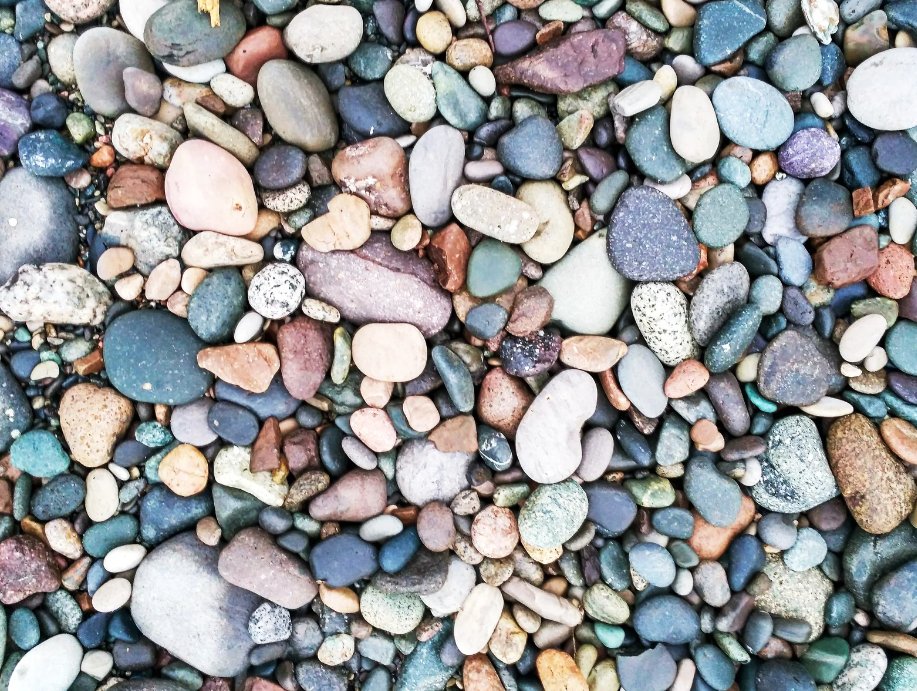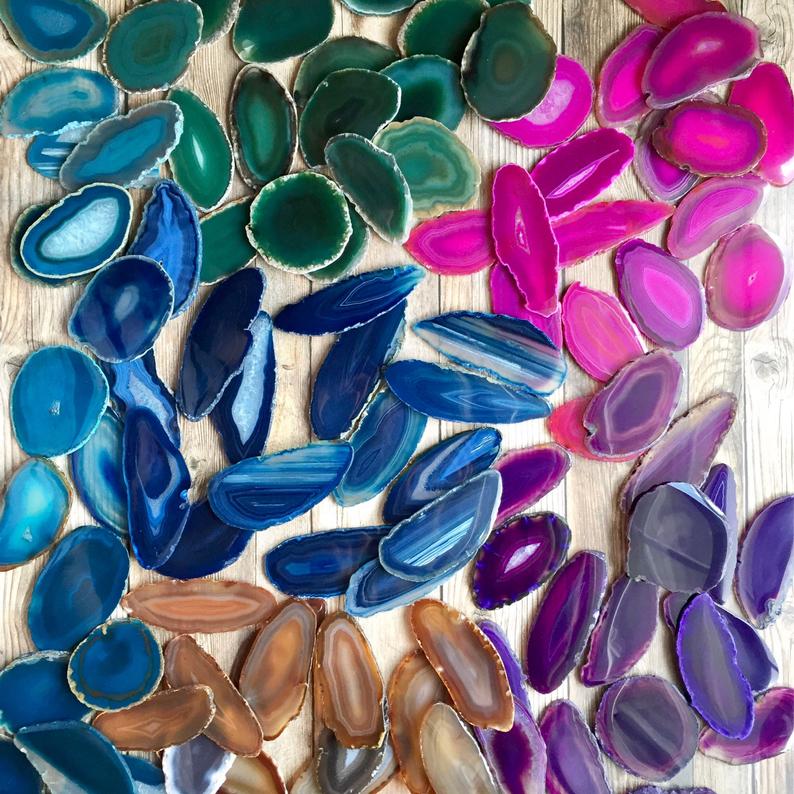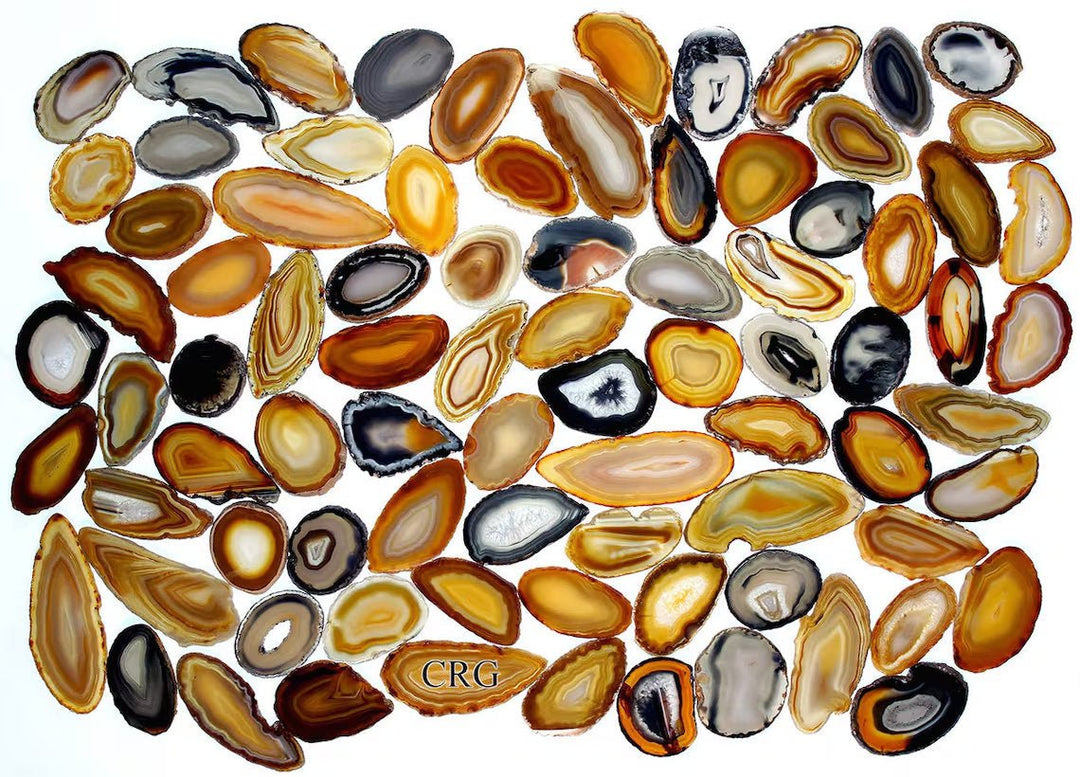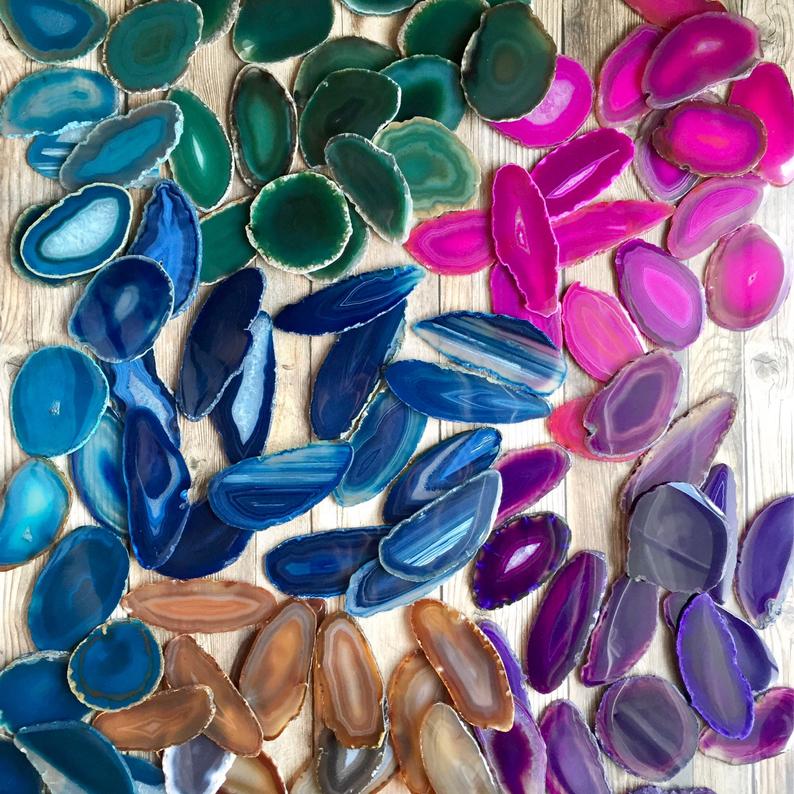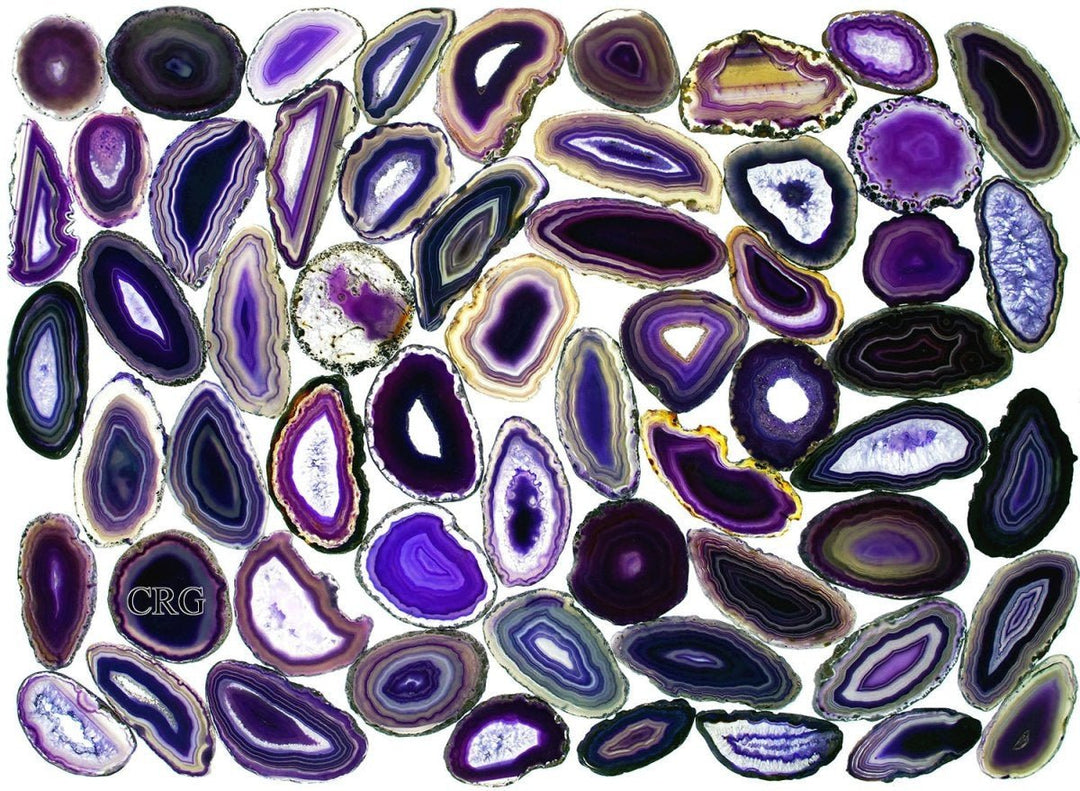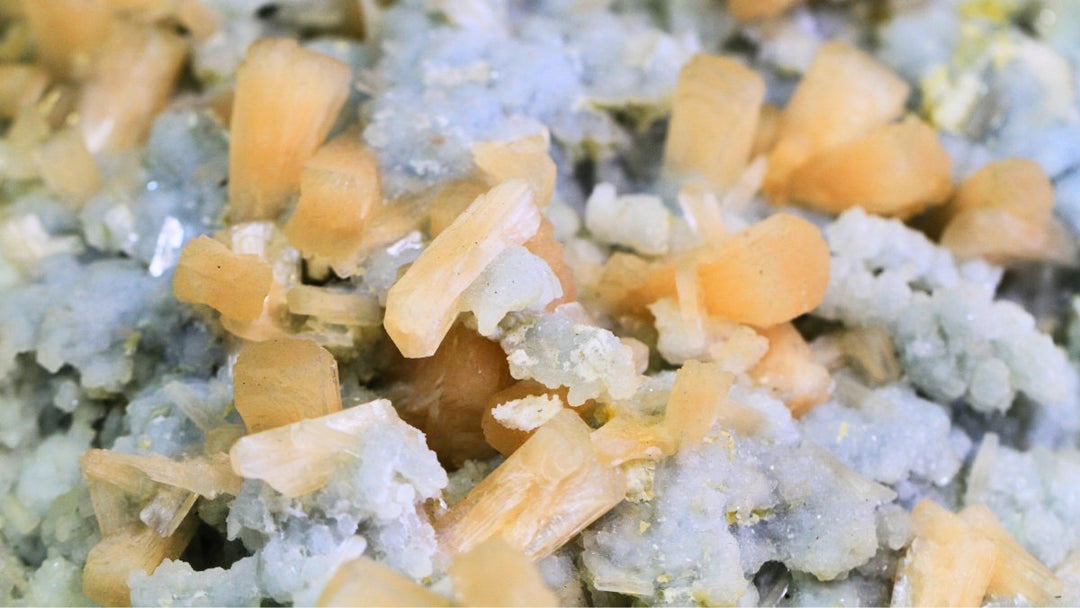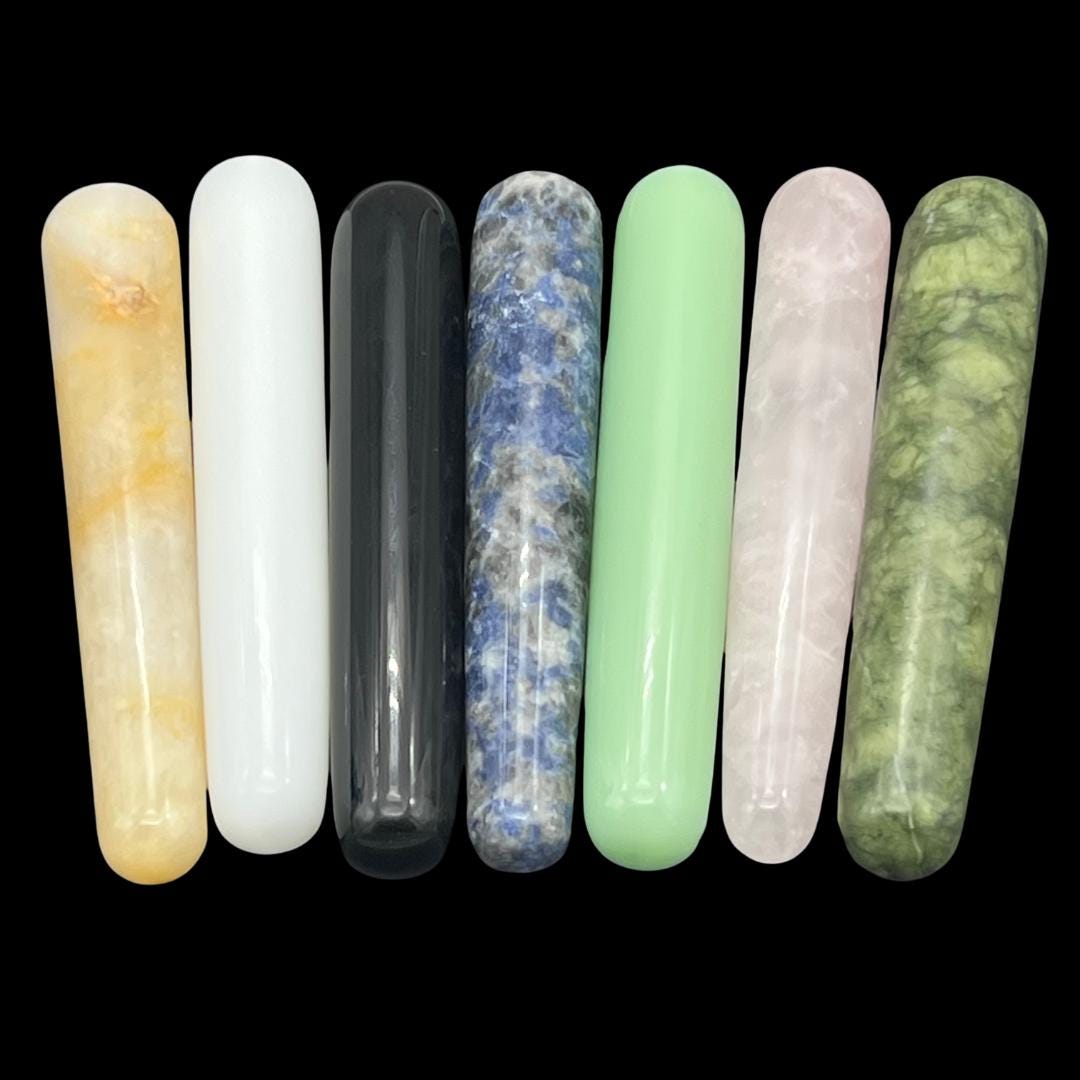We use the word “rock” all the time, but did you know there are actually three main types of rock? These three types are igneous rock, metamorphic rock, and sedimentary rock. Most rocks are polymineralic, meaning they contain one or more minerals (we’ll discuss mineral categories in a future article!). But some rocks have no minerals, like bioclastic rock, which is made entirely of dead organic matter.
No matter the rock, each falls into one of the following three categories. Let’s get to know rocks a little better!

Igneous rocks
Igneous rocks are “fire-born,” meaning that they are formed from the cooling and solidification of molten (melted) rock. The word igneous derives from ignis, the Latin word for “fire.” Molten rock material is known as magma until it erupts onto the surface, after which point it becomes lava.
There are two broad types of igneous rocks:

Igneous rocks are composed of the most common elements in the Earth’s crust. These are (in descending order):
- Oxygen (O)
- Silicon (Si)
- Aluminum (Al)
- Iron (Fe)
- Calcium (Ca)
- Sodium (Na)
- Magnesium (Mg)
- Potassium (K)
Nearly all igneous rocks are silicates, which means silicon and oxygen are the most frequently found elements in them. Compositionally, igneous rocks are classified by weight percent silica, which ranges from about 45-78 (wt % SiO2). Low silica rocks have higher concentrations of iron and magnesium, whereas high silica rocks instead have more sodium and potassium.
Basalt and granite are two of the most common igneous rocks, with basalt being extrusive and granite being intrusive.

Metamorphic rocks
Metamorphic rocks result from the transformation of existing rocks into new stones through metamorphism. The original rock is called a “protolith,” and common protoliths can be igneous, sedimentary, or existing metamorphic rocks. During the metamorphism process, protoliths are subjected to extremely high temperatures over 150-200C (300-00F) and oftentimes elevated pressure as well. This causes extreme physical or chemical changes to the rock. During metamorphism, the rock remains mostly solid, but slowly recrystallizes into a new mineral composition or texture.
The significance of heat during the formation of metamorphic rock was first noted by James Hutton, the pioneering Scottish naturalist who is frequently credited with being the father of modern geology. In 1795, Hutton wrote that some rock beds in the Scottish Highlands had once been sedimentary rock, but that intense heat had transformed them into metamorphic rock.
Metamorphic rocks compose a huge part of the Earth’s crust and actually make up 12% of the Earth’s land surface! Examples of metamorphic rocks include gneiss, slate, marble, schist, and quartzite. Bloodstone and dragon’s bloodstone are also two well-known examples of metamorphic rock.

Sedimentary rocks
While igneous and metamorphic rocks form deep underneath the Earth’s surface, sedimentary rocks form on or near the Earth’s surface via the compression of ocean sediments or other processes. The most important geological processes that cause the creation of sedimentary rocks are erosion, weathering, dissolution, precipitation, and lithification.
Erosion and weathering both concern the effects of rain and wind, which gradually break down large rocks into smaller ones. Erosion and weathering transform boulders and even mountains into sediments like sand or mud. Dissolution is actually a form of weathering as well, but it is specifically a chemical weathering wherein slightly acidic water wears away stone over time. These three processes (erosion, weathering, and dissolution) create the raw materials to form new sedimentary rocks.

Precipitation and lithification are processes that create new rocks or minerals. Precipitation refers to the formation of rocks and minerals from chemicals that precipitate from water. For example, California’s Death Valley was formed because the lake dried up over many years and left behind mineral deposits. Lithification, on the other hand, is the process by which sand, clay, and other sediments on the bottom of the ocean or other bodies of water are gradually compacted into rocks because of the weight of sediments layering onto them.
There are two categories of sedimentary rock:
Some examples of sedimentary rocks include gypsum, dolomite, limestone, chalk, flint, coal, breccia, and chert.

Rock Out!
When you deepen your knowledge about the three different types of rocks, it gives you a better understanding of all the pieces in your crystal collection and how they relate back to geological processes in the Earth. No matter what form your piece takes—whether pyramid, sphere, animal carving, or raw specimen—it began with one of these processes. We encourage everyone to take a look at their favorite crystals and research which type of rock they are and how they formed. If you have any questions about a specific mineral, feel free to contact us at shop@crystalrivergems.com. Keep rockin’!


